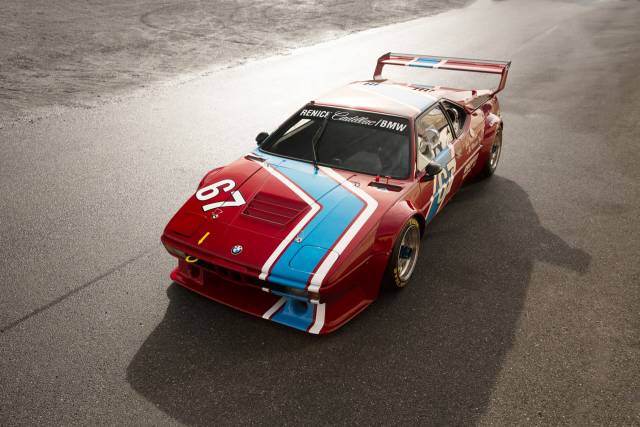BMW M1 classic cars for sale
The BMW M1 stands as a rare, technical milestone from BMW, crafted between 1978 and 1981 as their only true mid-engined supercar. Born from a partnership with Lamborghini and shaped by Giugiaro, each M1 was hand-built and delivered uncompromising sports car technology for both road and track. Fewer than 460 examples left the factory, making the M1 a reference point in automotive engineering and a unique entry in BMW's history.
Search results
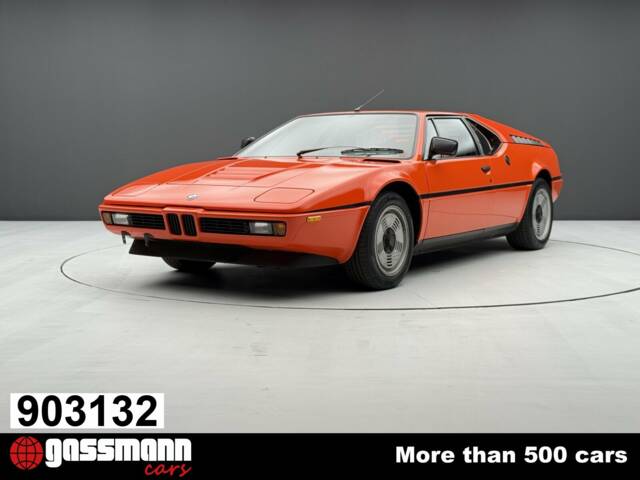
1981 | BMW M1
M1 E26 Straßenversionen Coupe
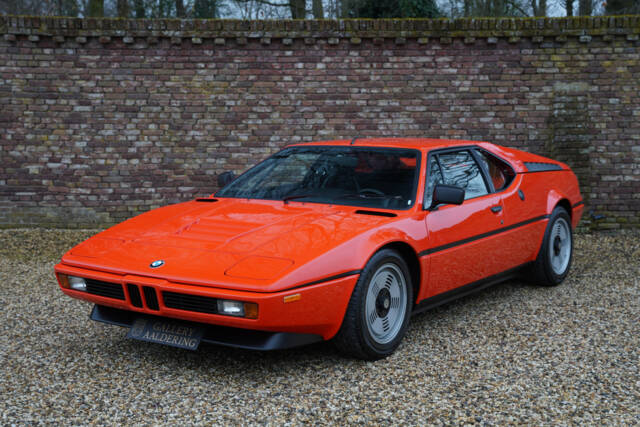
1980 | BMW M1
BMW M1 "Factory Test Car - No.3 built by factory" Third M1 built and the first for use on public roads, Factory livery in vibrant "Inka Orange",First owner Alf Gebhardt - former driver at Bavarian Motors International, Full history is known and substantiated by factory records, Unique opportunity to own a remarkable BMW from BMW magnificent heritage, 399 examples of M1 were built at the time
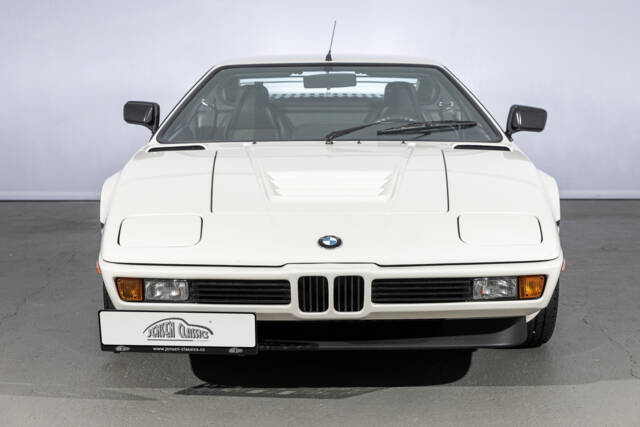
1980 | BMW M1
Superrarität!
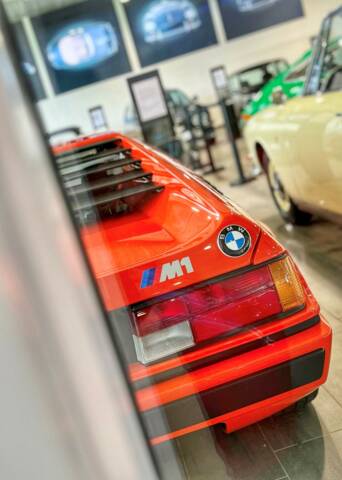
1980 | BMW M1
Rarität! BMW M1 mit nur 2088 Kilometer.
BMW M1 listing references from Classic Trader
Below you will find listings related to your search that are no longer available on Classic Trader. Use this information to gain insight into availability, value trends, and current pricing for a "BMW M1" to make a more informed purchasing decision.
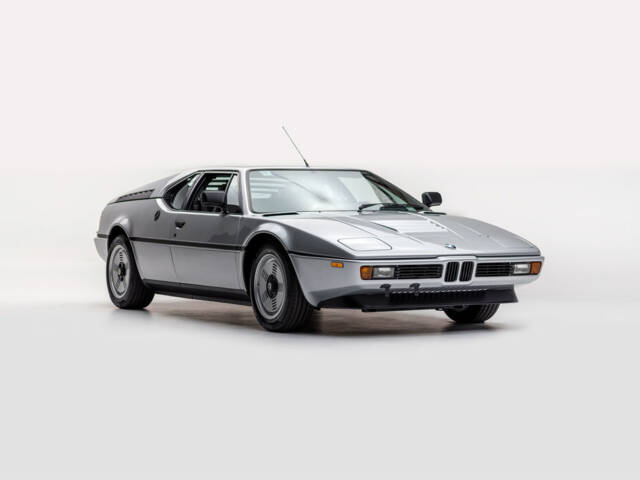
1981 | BMW M1
1981 BMW M1
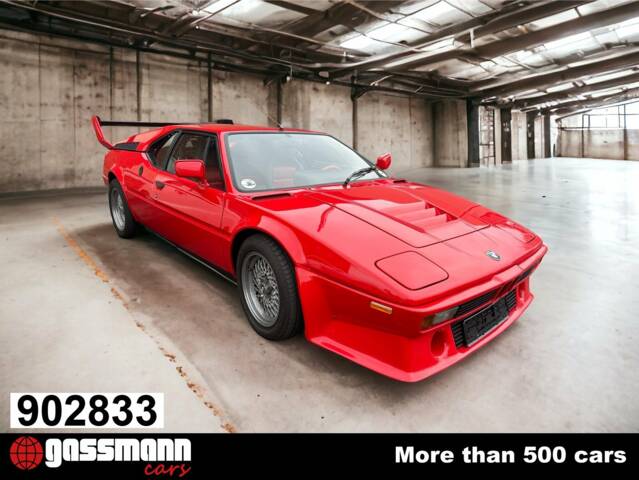
1980 | BMW M1
M1 3.5L Coupe - E26 - 1 von nur 460
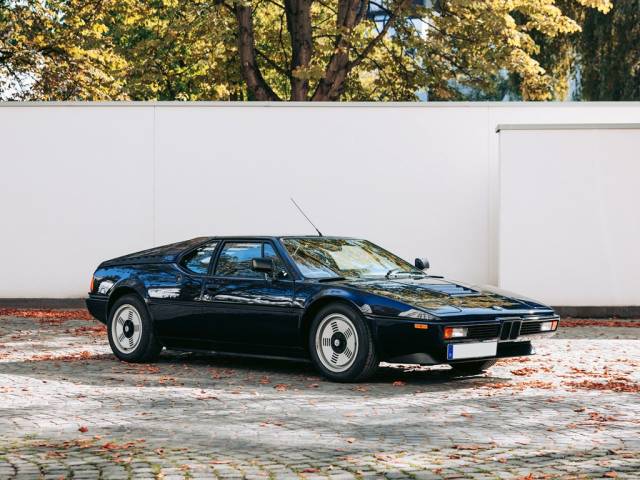
1980 | BMW M1
1980 BMW M1
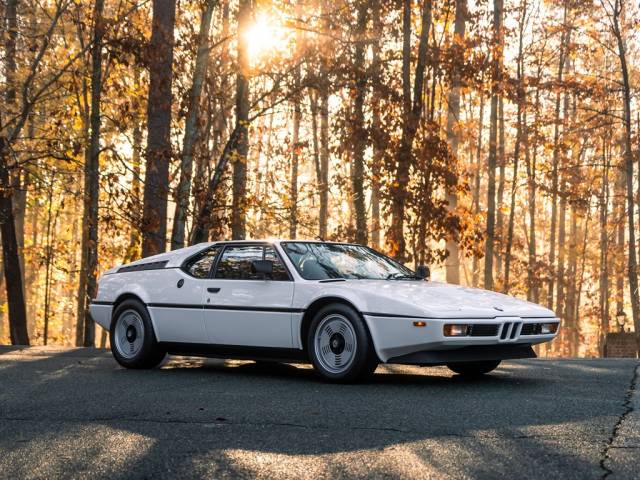
1980 | BMW M1
1980 BMW M1
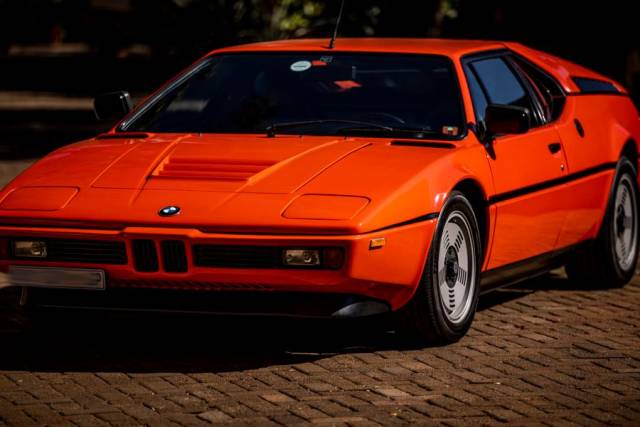
1981 | BMW M1
Numbers-matching and original M1
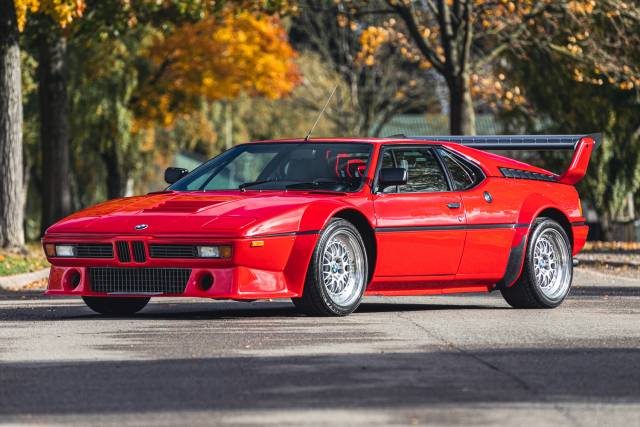
1980 | BMW M1
1980 BMW M1

1980 | BMW M1
M1 - 1 von nur 460 gebauten!
1980 | BMW M1
Procar - 2020 Le Mans Classic eligible with great period competition history
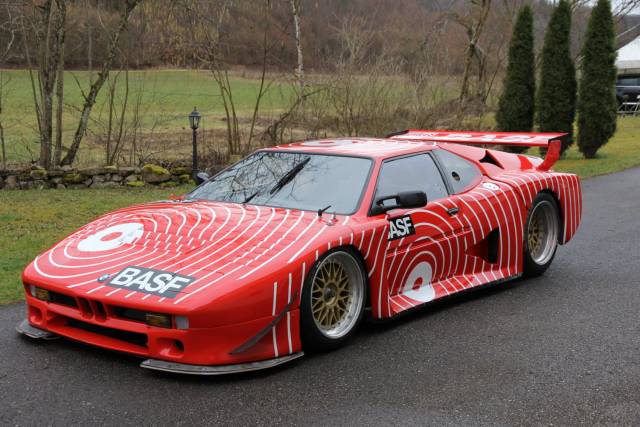
1995 | BMW M1
RENNAUTO
History of the BMW M1
Introduced in 1978, the BMW M1 emerged from an ambitious project between BMW and Lamborghini, conceived to homologate a Group 4/5 racing car for the FIA. The collaboration aimed to deliver a German-Italian supercar, but financial issues at Lamborghini led BMW to relocate final assembly to Germany. The car’s wedge-shaped body was designed by Giorgetto Giugiaro, drawing inspiration from the earlier BMW Turbo concept penned by Paul Bracq. Built on a tubular spaceframe chassis with a fibreglass body and a mid-mounted 3.5-litre inline-six engine, the M1 fused motorsport engineering with road compliance. Its development also prompted the founding of BMW Motorsport GmbH (now BMW M GmbH). Only around 450–456 M1s were completed—including both road versions and racers. The M1 became legendary not just for its performance, but also for its role in the Procar racing series, with F1 champions like Niki Lauda and Nelson Piquet at the helm.
Model History: BMW M1 (E26)
The M1 (internal code E26) is a singular chapter in BMW’s line-up, with no direct predecessor or successor. Originally, the program leaned heavily on Lamborghini’s expertise, with Italian specialists building frames and bodies, and Baur in Stuttgart handling final assembly. The M1 was homologated for Group 4 after FIA rule changes, obliging BMW to produce at least 400 units. In its short run—1978 to 1981—roughly 399 were street cars, and the rest race-spec, including the cars competing in the BMW Procar Championship. After production ended, the M88 engine architecture lived on in high-performance saloons like the M5 (E28).
Highlights and Unique Features of the BMW M1
The M1’s engineering stands apart from any other BMW: its chassis was built by Marchesi, with the glassfibre body hand-finished by Italdesign. Purpose-built for both high-speed touring and motorsports, the M1 uses a mechanical Kugelfischer fuel injection system, double-wishbone suspension, and an unassisted rack and pinion steering setup for purity of handling. The mid-engine layout delivers near-perfect balance and standout dynamics. Only about 460 cars were produced, making it the rarest M model. The car also gave birth to the unique BMW M1 Procar Championship—a Formula 1 support series in which top F1 drivers competed in identical cars. In terms of our statistics, the E26 M1 accounts for 100% of BMW M1 supply and demand in our listings, underlining its exclusivity both in the market and among enthusiasts.
Technical Data for the BMW M1
Special Editions and Collectible Versions
Within the M1 line, special attention belongs to the race-tuned Procar models. Twenty racing versions competed in the BMW M1 Procar Championship, fitted with heavily modified engines reaching up to 850 hp in turbocharged form. Additionally, BMW produced the M1 Homage concept in 2008, as a one-off tribute for the M1’s 30th anniversary, though not a production model. Road-going cars with matching engine and gearbox serial numbers, or those carrying rare specification combinations, are especially valued by connoisseurs.
Weak Spots and Common Issues
Owners should be aware of the following M1-specific weak spots:
- The ignition module is often faulty, replacements are scarce, and repairs are specialist work.
- The Kugelfischer mechanical fuel injection demands expert maintenance; specialist workshops (e.g., Koller, Nuremberg) are recommended.
- Clutch components are costly—replacement can cost upward of €5,900 plus labour.
- Oil changes require around 20 litres, adding to ownership costs.
- Seating ergonomics and pedal placement are compromised by the wheel arch design, distracting on longer drives.
- Structural integrity (especially the tubular frame) must be inspected for standing and accident damage.
- Spare parts—radiators, brake discs, and body components—are expensive because of the small production run.
- Interior electrics are rudimentary; switches and instruments lack typical BMW refinement. Potential buyers should budget for expert pre-purchase inspection and be prepared for higher ongoing maintenance, including regular attention from marque specialists.
Engine and Performance, Transmission and Handling
The M1 was engineered as a driver’s car, focused on direct feedback and engagement. Its 3.5-litre inline-six revs freely to 6,500 rpm, offering a fast but tractable power delivery. The suspension tuning, although relatively compliant by supercar standards, remains taut enough for spirited use, and the steering is unassisted for maximum road feel. The transaxle layout with limited-slip differential optimises traction, making the M1 stable at high speeds but not intended for grand touring comfort on motorways—short, dynamic drives remain its natural environment. Most notable are the Procar racing variants, distinguished by their extensive engine upgrades and motorsport heritage, as well as road M1s with complete original equipment and provenance, including first-delivered cars in the German, Swiss, French, and UK markets.
Interior, Comfort, Exterior and Design
The BMW M1’s body was sculpted by Giorgetto Giugiaro, featuring a flat wedge profile, wide stance, and flush glass-fibre panels for optimal aerodynamics. Details such as the pop-up headlights and louvered engine cover mark it as a product of late 1970s design priorities. The cabin favours function over comfort: black leather or partial fabric seats, minimalist trim, and a focus on essentials rather than luxury, with a spartan, cool atmosphere. Some cars were finished in rare paint shades—such as Inka Orange or Polaris Metallic. Factory accessories included a tool kit, first-aid kit, and optional bespoke M1-branded luggage. Although lacking in sophisticated electronics, the M1’s design remains purposeful—engineered with motorsport in mind.
Other Noteworthy Features
BMW M1 models with "matching numbers" for engine and transmission are highly regarded, as are those certified by BMW Classic. M1s with special race history or original Procar pedigrees add to the car’s allure. Modern appreciation is boosted by accolades at international events, such as Concours d’Elegance awards. The car’s motorsport heritage includes entries at Le Mans and other international series, further bolstering its reputational weight.
Summary
The BMW M1 remains a technical achievement and a unique experiment in BMW’s portfolio—uniting German engineering precision and Italian design flair in the rarefied world of homologation specials. With less than 460 cars built, it is not only mechanically intriguing but an authentic piece of racing and design history. A thorough pre-purchase technical check and a willingness to embrace maintenance challenges are prerequisites for prospective owners seeking to experience the only true mid-engine BMW production car ever made.




